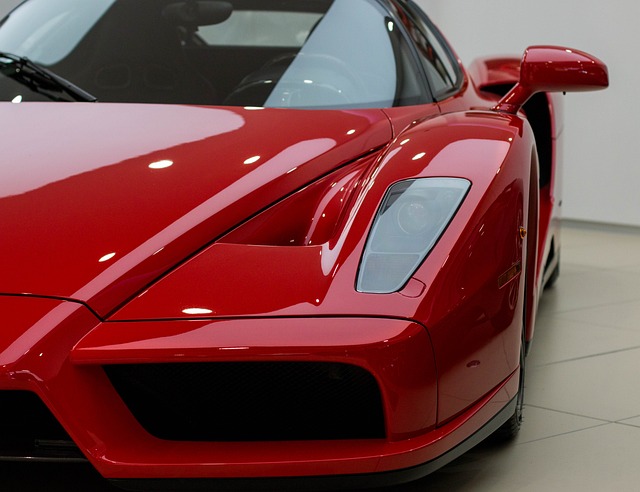The history of Ferrari is blended with the history of one man with a relentless passion for racing and a beautiful dedication to building the world’s finest sports cars. That man was Enzo Ferrari, the legendary Italian behind the prancing horse logo that would become the ultimate symbol of speed, luxury, and ambition on four wheels. This article is going to show you more about that.
Ferrari was born on February 18, 1898, in Modena, Italy. His early life was marked by difficulties and resilience. His father, Alfredo, owned a metal workshop where Enzo’s famous fascination with machinery and speed began. Tragedy struck the family in 1916, when both his father and older brother died during the flu pandemic, but Enzo’s passion for racing remained undeterred.
Enzo Ferrari’s Journey to Independence
Enzo Ferrari’s racing career started modestly. After World War I, he found work as a test driver for Costruzioni Meccaniche Nazionali (CMN), a small car manufacturer. In 1920, he joined Alfa Romeo as a racing driver and quickly made a name for himself with his competitive spirit and driving skills. It was the very first step that would effectively set him on the path of his lifetime.
Ferrari’s most significant win came in 1924, when he won the Coppa Acerbo. However, a tragic accident happened during a race that same year. It resulted in the death of his close friend Ugo Sivocci and, naturally, deeply affected him. That event led Ferrari to retire from professional racing in order to focus on other activities: managing drivers and preparing racing automobiles.
The Birth of Scuderia Ferrari: Successes and Challenges
In 1929, Ferrari founded the Scuderia Ferrari team in Modena. At first, it served as Alfa Romeo’s racing division, sponsoring amateur drivers and providing technical assistance. However, that team quickly became a powerhouse in the racing world thanks to innovative engineering and strategy. The success on the track helped cement Ferrari’s reputation as a tactician and leader.
Sadly, tensions between Ferrari and Alfa Romeo were inevitable. By 1939, Ferrari decided to go out on his own and pursue his vision of building racing cars. He founded Auto Avio Costruzioni in a workshop in Modena and concluded its first model, the 815, in 1940. Bearing Ferrari’s now-famous prancing horse logo, it marked the beginning of Ferrari’s independent racing journey.
World War II and the Early Years of Scuderia Ferrari
The early 1940s were challenging. World War II brought significant disruptions, and Italy was a battleground. Ferrari’s factory had to relocate several times to avoid bombings, and resources were scarce. Despite these hardships, Ferrari and his team showed remarkable ingenuity and resilience, continuing to build race cars with a strong reputation for engineering excellence.
After the war, Ferrari wanted to capitalize on the resurgence of interest in motor racing. In 1947, he launched the first iconic road car, the lightweight and V12-powered 125 S. It was innovative and unlike any other road-legal production car of its time. Its success was a turning point for Ferrari, convincing him to register Scuderia Ferrari for the production of sports and racing cars.
Early Racing Triumphs and Financial Struggles
The post-war era saw a rapid expansion of Ferrari’s operation. He introduced several new cars, including the 166 Inter and the 212 Export, which had significant success on the racing circuit. Ferrari’s cars were known for innovative design, engineering excellence, and high performance. These attributes helped his Scuderia secure numerous Grand Prix race victories year after year.
Despite that success, the financial side of Ferrari’s business was less triumphant. The cost of developing and building those cars was substantial, and the revenues from racing alone were insufficient. To secure the necessary funds, Ferrari expanded production to include road cars. This move proved crucial to support the racing branch and further develop the whole company.
Creating the World’s Greatest Racing Team
The following years offered both triumph and struggle to Enzo Ferrari. On the one hand, his cars were winning races and gaining a solid reputation. On the other hand, the financial issues were ever-present and paired with family problems, such as the passing of his son Alfredo “Dino” in 1956. Ferrari’s determination and vision were essential so as to navigate these turbulent times.
Enzo Ferrari’s early years were marked by a dream of building the ultimate racing machine. His innovative spirit, combined with his ability to persevere through adversity, laid the foundation for the most legendary brand in motorsports history. The prancing horse continued to charge ahead, embodying Ferrari’s relentless pursuit of excellence and absolute passion for racing.
